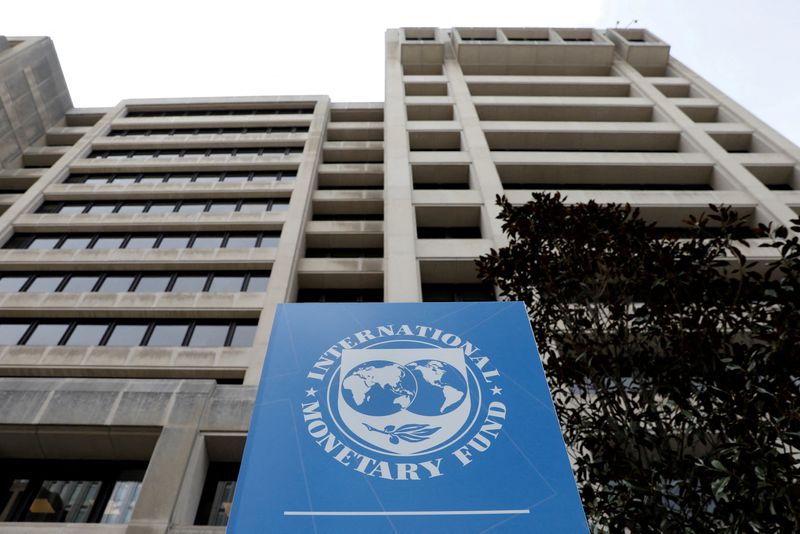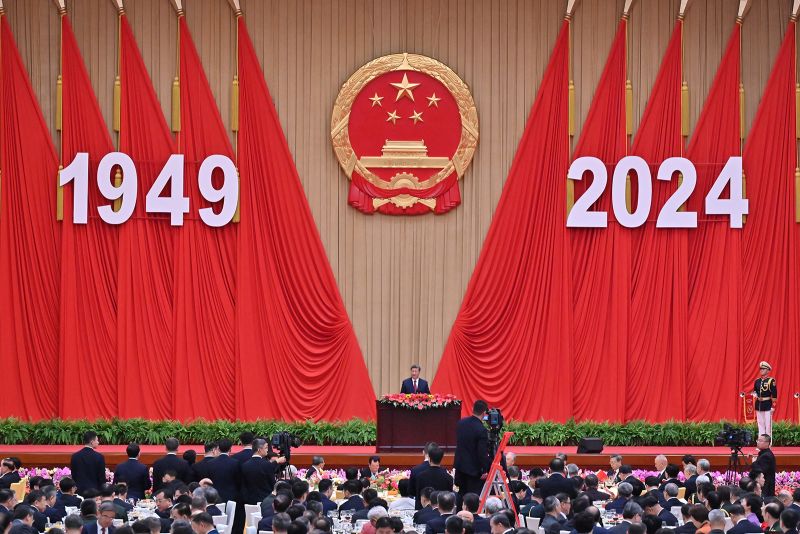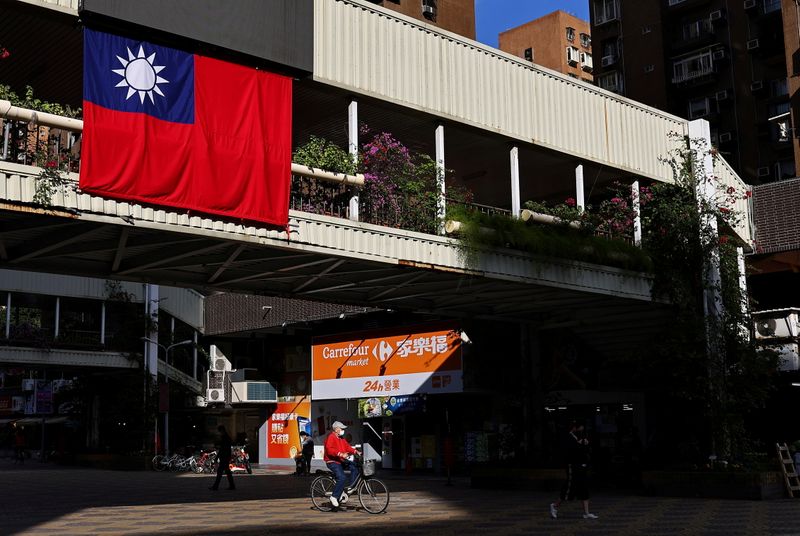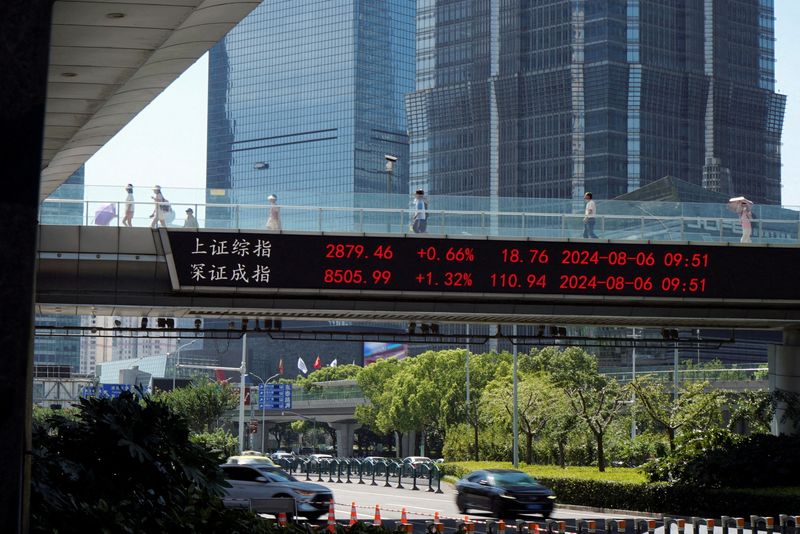Asia’s factory activity hit by global uncertainty, focus on China stimulus

By Leika Kihara
TOKYO (Reuters) – Asia’s factory activity weakened in September as soft Chinese demand and global economic uncertainty pointed to a challenging outlook, private surveys showed, keeping policymakers under pressure to shore up their fragile economies.
The region’s manufacturers may get some relief in coming months from aggressive stimulus unveiled by Chinese authorities over the past week, including a lowering of interest rates and injection of liquidity into the banking system.
Factory activity in Japan shrank in September and expanded at a slower pace in Taiwan, purchasing managers’ index (PMI) surveys showed on Tuesday, highlighting the toll soft global demand was taking on Asian exporters.
In a sign of the widening fallout from slowing U.S. growth, South Korea’s export growth decelerated in September with shipments to the world’s largest economy barely increasing, data showed on Tuesday.
In China, factories struggled to make headway, with the Caixin/S&P Global manufacturing PMI released on Monday showing a slump to 49.3 in September from 50.4 the previous month, marking the lowest reading since July last year.
It was a similar picture in Japan, which is relying on exports to boost economic growth amid subdued consumption. The final au Jibun Bank Japan PMI dipped to 49.7 in September from 49.8 in August, remaining below the 50.0 threshold that separates growth from contraction for the third straight month.
The Japan PMI survey showed “muted trends across the manufacturing industry,” said Usamah Bhatti at S&P Global Market Intelligence.
The PMI for Taiwan stood at 50.8 in September, falling from 51.5 in August. Manufacturing activity shrank in Vietnam, Malaysia and Indonesia, the surveys showed.
The International Monetary Fund (IMF) anticipates a soft landing for Asia’s economies as moderating inflation creates room for central banks to ease monetary policies to support growth. It predicts growth in the region to slow from 5% in 2023 to 4.5% this year and 4.3% in 2025.







